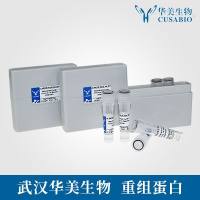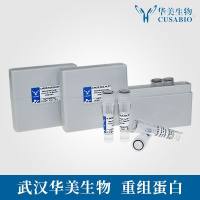For the last two decades several highly effictent expression systems have been developed allowing the production of various proteins for diagnostic, therapeutic, and preventive purposes. These expression systems are mostly based on bacteria as well as on various eucaryotic cells. Procaryotic cells such as
Escherichla coli (E, coli) (
1 –
4 ) and
Bacillus subtdis (
5 ,
6 ) provide a simple means to achieve an Inexpensive expression of foreign proteins at high yields. However, the overexpression of recombinant proteins in procaryotic cells may lead to the aggregation of inclusion bodies within the cytoplasm of the transformed bacteria. The accumulation of the desired proteins in insoluble aggregates is often accompanied by improper protein folding, disulfide bond formation, and oligomerization. In additron, bacteria do not support authentic posttranslational modifications of eucaryotic or viral proteins such as gly-cosylation, phosphorylation, and acylation. Therefore, recent efforts have been focused on the development of eucaryotic systems supporting an inexpensive and reliable expression of correctly modified foreign proteins. Among the most prominent representatives are:
|
1. |
Recombinant yeast cells (7 –9 );
|
|
2. |
A baculovirus-driven insect cell expression system (10 –12 ),
|
|
3. |
Recombinant vaccinia viruses allowing transient expression of foreign proteins in several mammalian cells (13 ,14 ); and
|
|
4. |
Mammalian Chinese hamster ovary (CHO) cells, allowing a continuous production of recombinant proteins from stable transfected cell lines (15 –17 ).
|









